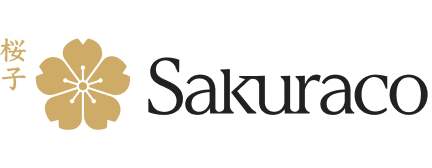japanese beauty
Japanese Beauty: Exploring Cosmetics from the Past
Karina Ikedo
Posted on April 15, 2025
Share:
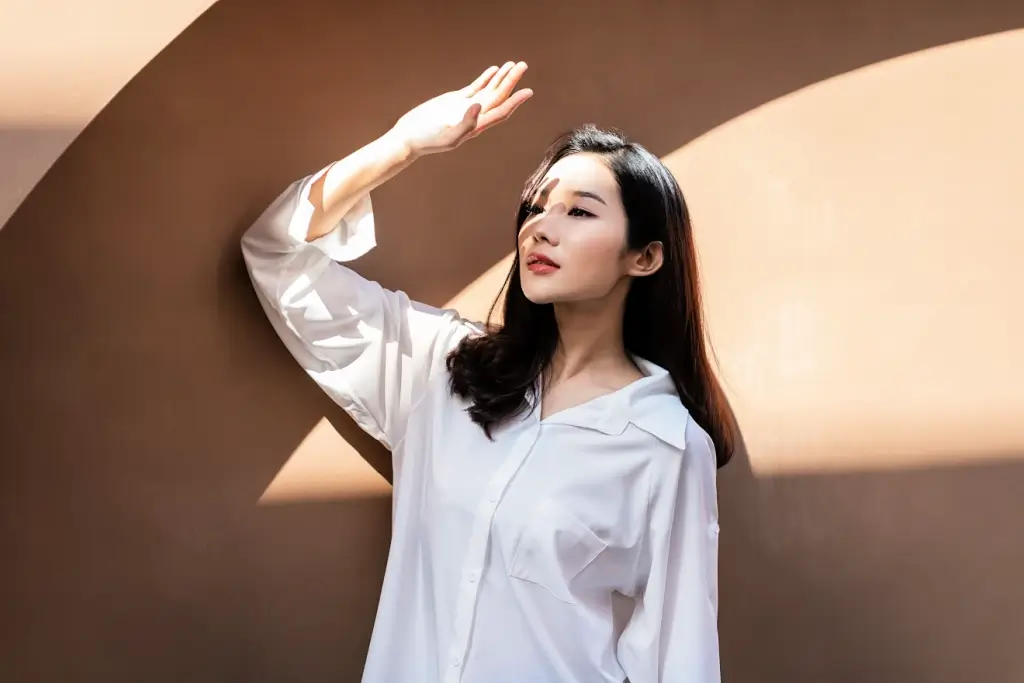
Japanese beauty has long been admired for its focus on simplicity, nature, and timeless elegance. The beauty rituals practiced in Japan have evolved over the centuries, influenced by tradition, culture, and a respect for natural ingredients. Japanese cosmetics, from handcrafted oils to finely milled powders, have always blended functionality with aesthetic harmony.
Today, we’ll closely examine iconic Japanese beauty products from the late 19th to early 20th century. A time when tradition and innovation blended to shape beauty rituals. Discover traditional Japanese beauty practices’ charm and lasting legacy, from timeless ingredients to enduring techniques. Keep reading as we explore how some old-school favorites have stood the test of time!
The Foundations of Japanese Beauty
Japanese beauty products have always been deeply connected to nature, using ingredients that were abundant and accessible in Japan. From the Edo period (1603–1868) through the late 19th and early 20th centuries, beauty rituals in Japan evolved with time. These routines were often centered around natural substances such as rice, camellia oil, green tea, and herbs.
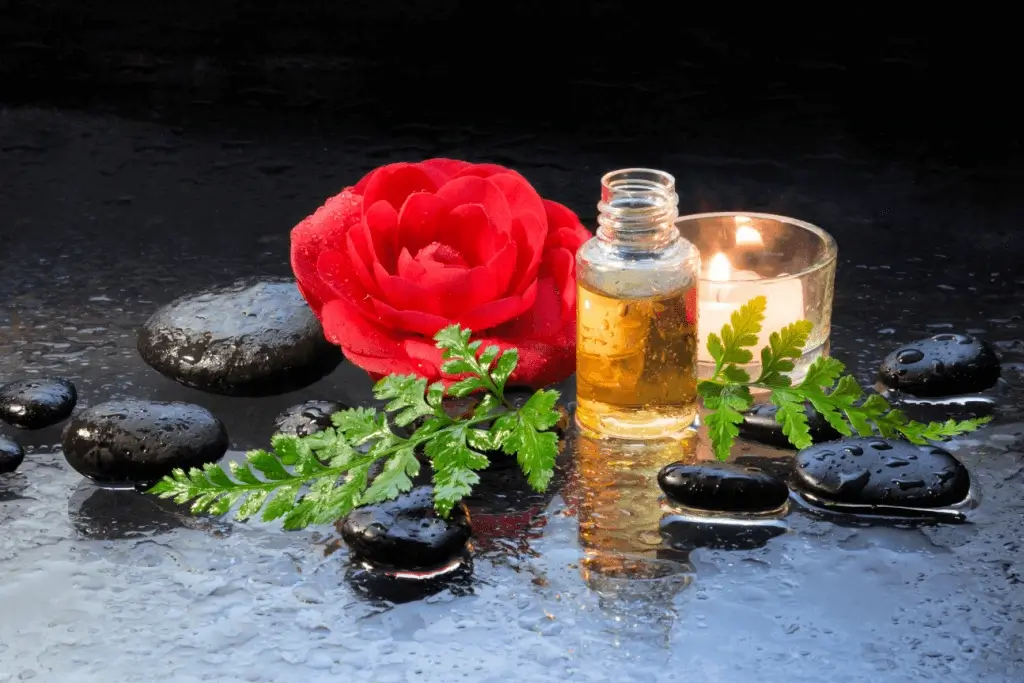
In the late 19th century, Japan underwent a period of modernization known as the Meiji Restoration (1868-1912). During this time, the country opened up to the West, welcoming new ideas and influences. This led to an influx of goods, technologies, and beauty products. As Japan adopted new Western practices, a blend of Eastern and Western influences began to shape Japanese beauty.
While Western-style cosmetics began appearing, traditional Japanese beauty products remained essential to everyday routines. For example, camellia oil, which was used for its hydrating and nourishing properties, remained a staple. Even today, tsubaki (camellia) is a revered product in Japanese skincare and haircare regimens.
The Rise of Commercial Beauty Products
As Japan entered the 20th century, beauty products became more accessible to the public. This was thanks to industrialization and the rise of commercial beauty brands. The first half of the 20th century saw increased production of products like soaps, lotions, and powders.
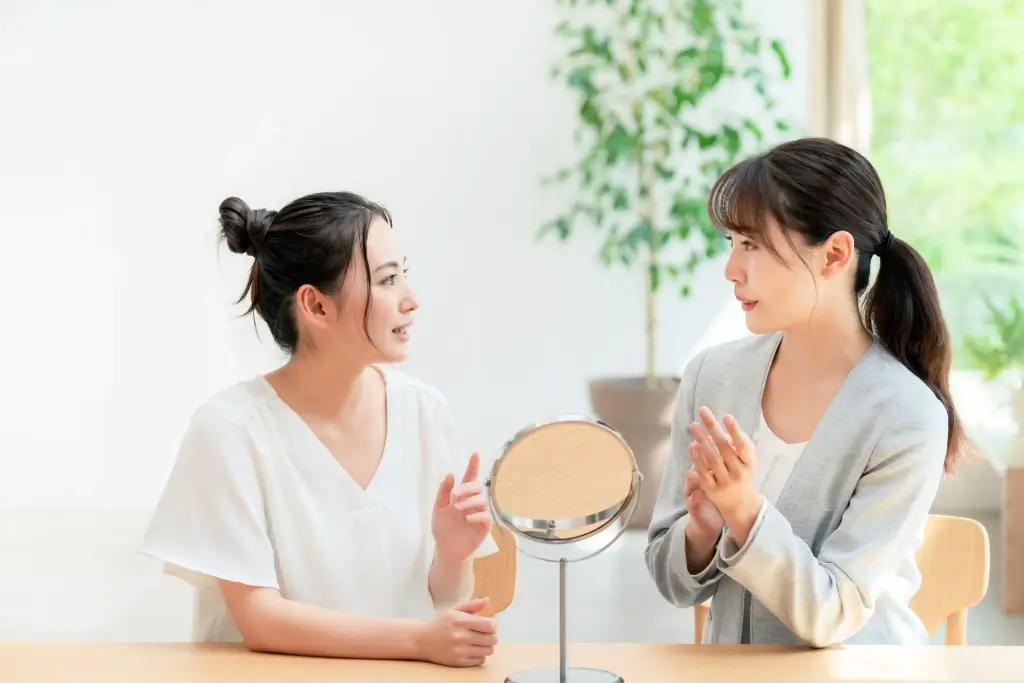
One notable product that became popular during this time was face powder. In the early 20th century, many Japanese women used face powder to achieve a pale, smooth complexion. This focus on pale complexions can be traced back to Japan’s long cultural history. Fair skin was often seen as a symbol of high social status. It suggested that someone didn’t have to work outdoors in the sun, which was associated with manual labor.
Around the same time, blush and rouge appeared on the beauty scene, inspired by Western trends. But even with the growing influence of Western cosmetics, Japanese beauty products often stayed true to natural ingredients. The Japanese market slowly incorporated elements of Western and Eastern beauty routines, a trend that continues today.
Can’t make it out here, but do you want to try some exclusive Japanese delicacies? Check out Sakuraco! Sakuraco delivers traditional Japanese snacks, teas, and sweets from local Japanese makers directly to your door so you can enjoy the latest treats directly from Japan!
Horse Oil: The Timeless Japanese Beauty Secret
Horse oil is exactly what it sounds like: oil derived from the fat of horses. It was initially used in the 19th and 20th centuries for medicinal purposes due to its ability to heal wounds and treat burns. Over time, it was discovered that horse oil also had remarkable moisturizing properties, making it ideal for skincare.
It contains high levels of unsaturated fatty acids, such as omega-3 and omega-6. These are similar to those found in human skin, allowing it to be easily absorbed. This makes it effective at nourishing the skin without leaving a greasy residue. It’s also rich in collagen, a protein that helps to keep skin firm and youthful-looking.
Some people also use it to prevent wrinkles dry skin, eczema, and other skin conditions. Some beauty brands even market it as a miracle for keeping the skin smooth and hydrated. Its reputation for treating everything from chapped skin to minor burns made it essential in many households.
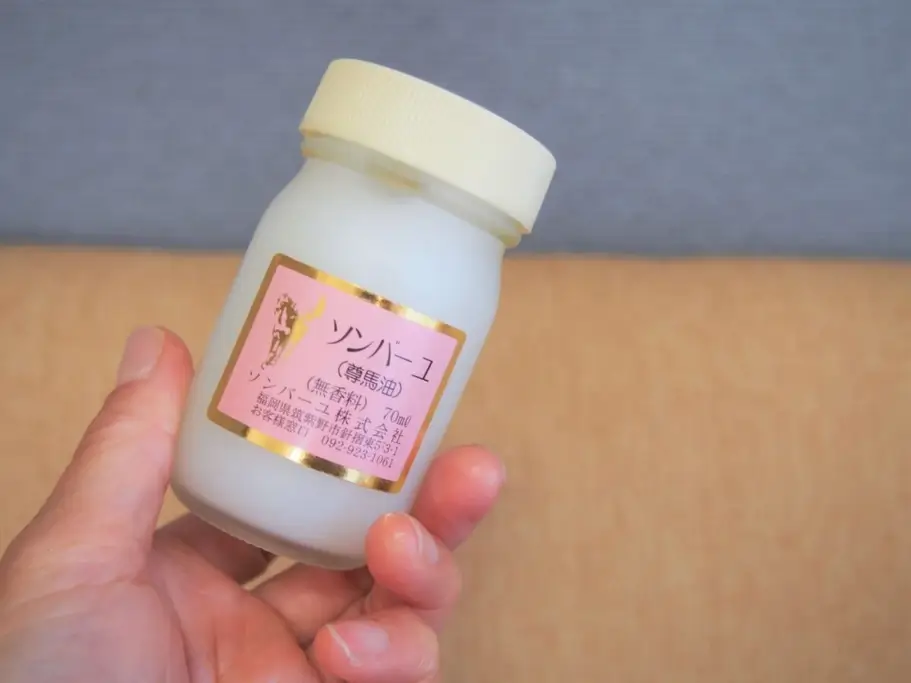
The Continued Popularity of Horse Oil Today
Even in the 21st century, horse oil remains a beloved beauty product in Japan. Despite advancements in skincare technology, many people still swear by the benefits of this natural oil. Its deep moisturizing and healing properties continue to make it a favorite.
Some modern Japanese brands specializing in horse oil products include Tamagawa Horse Oil, Kiyora, and Shiroyama. They continue to offer lotions, creams, and serums enriched with this age-old ingredient. These products often highlight horse oil’s traditional healing properties and use it to bridge the gap between past beauty practices and modern skincare technology.
There has been some controversy over the ethics of using horse-derived products. However, many brands get horse oil from farms where horses are raised for food and treated kindly. As awareness grows, some brands are also exploring alternatives, such as plant-based oils that mimic the benefits of horse oil.
The Lasting Influence of Traditional Japanese Beauty Products
While Western beauty trends have influenced Japan, the country’s respect for natural ingredients and simple routines remains strong. The continued popularity of products like horse oil is a testament to the lasting power of Japan’s beauty traditions.
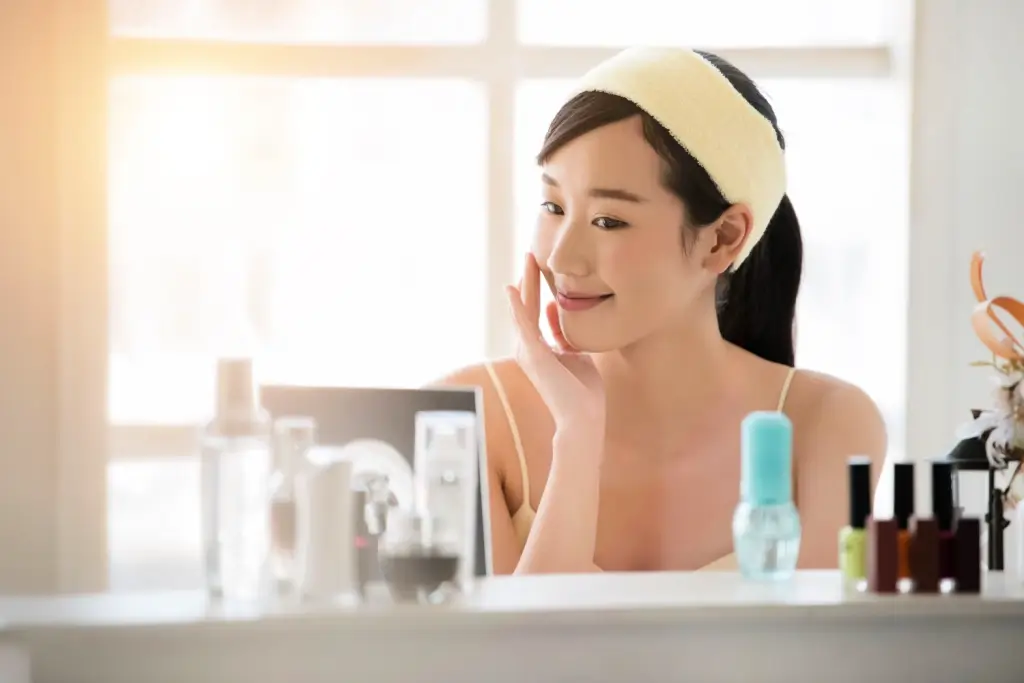
Japan’s beauty industry continues to evolve, from skincare to cosmetics. However, it remains rooted in the same principles from the late 19th and early 20th centuries. Today’s beauty products still use the wisdom of past generations. They combine modern technology with traditional ingredients to create gentle and effective products.
Why should I try these timeless Japanese beauty products?
People loved Japanese beauty products from the late 19th to early 20th century because they helped shape today’s beauty market. Ingredients like horse oil, camellia, and rice powder not only set beauty standards back then but are still popular today. It’s amazing to see how these products, once seen as new, have lasted and changed over time. They have become timeless staples in skincare routines worldwide.
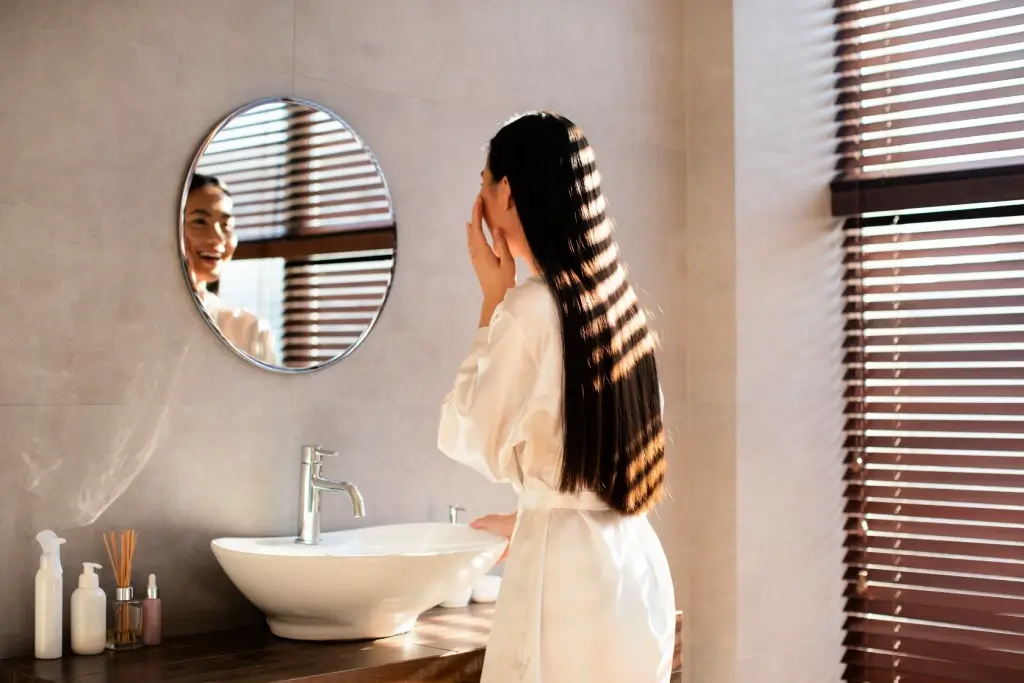
Next time you need an effective, traditional product, try horse oil or camellia oil. Your skin will thank you! Have you tried one of these timeless Japanese beauty products before? Do you have a favorite one? Share your thoughts in the comments below!
Sources
- Niponica. “Japanese Cosmetics through the Centuries“.
- Elle. “What Is Horse Oil And Why Are We Putting It On Our Faces?“
- Japan Web Magazine. “Best of Beauty Vol.1: Award Winning Japanese Cosmetics“.
- Japan Cosmetic Industry Association. “Cultural History of cosmetics“.

Discover authentic flavors with Sakuraco
Get Sakuraco 

Discover authentic flavors with Sakuraco
Get Sakuraco 
Related Articles
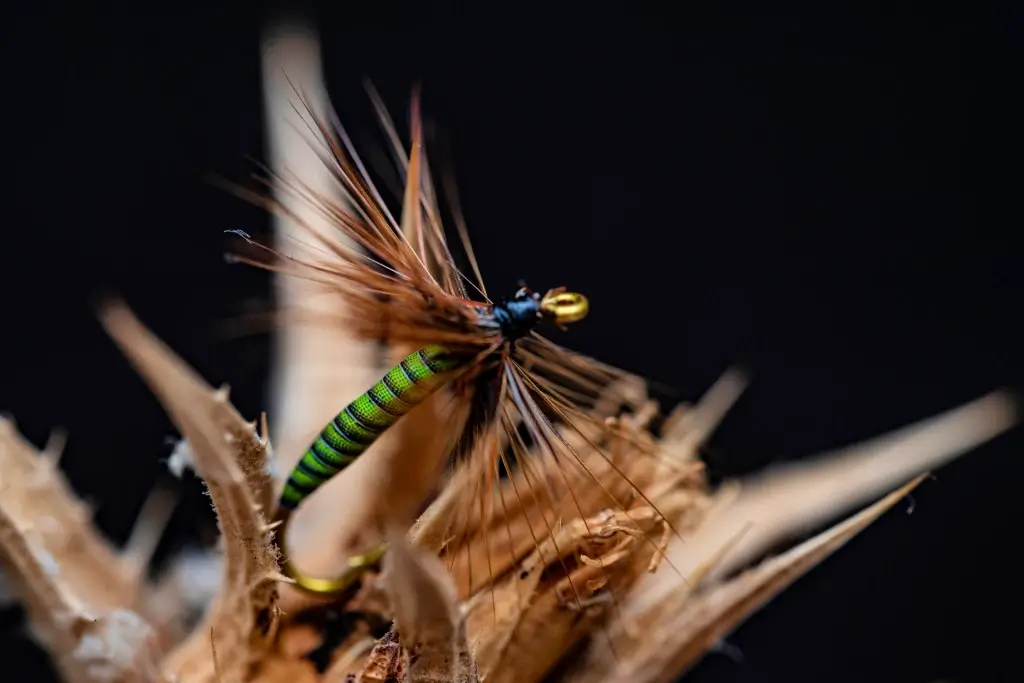
Japanese Fish Bait: The Beautiful Art of Kebari
Kebari are traditional hand-tied flies used for freshwater fishing in Japan, especially in mountain streams where small insects form the main diet of native fish. Instead of bright plastic lures, kebari use feathers, thread, and natural materials to create subtle movements in the water.

Japan Holidays Guide: Relax, Explore, and Delight in Festive Fun
As the year draws to a close, everywhere buzzes with preparations for the holidays, and Japan is no exception. Despite the cold winter weather, you can feel warmth in the scenery, decorations, and festive activities across the country. Let’s explore the unique experiences of holidays in Japan that many people dream of enjoying at least once in their lifetime!

Tokyo Gardens: Five Beautiful Traditional Japanese Gardens to Visit
Tokyo gardens offer a relaxing escape for visitors looking to get a breath of fresh air. However, Tokyo has more than just the typical gardens we see in the West. Let’s explore five traditional Japanese gardens and what makes them unique!

Japan Cruise Spotlight: The Ultimate Guide to Abashiri Icebreaker!
Japan offers a diverse range of cruise experiences, taking in various stunning landscapes. But, in the chilly grip of winter, some voyages pull in adventurers from around the globe. At the forefront of these wintry trips is the Abashiri Icebreaker Cruise in Hokkaido.

